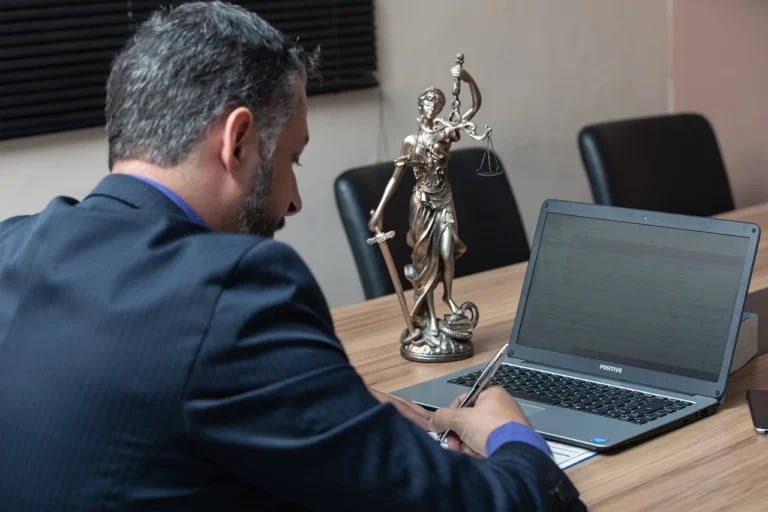Maintaining ISO 9001 Certification: Best Practices

Maintaining ISO certification is crucial for any business. It is internationally recognized and can enhance your company’s reputation in the marketplace. Meeting these standards can also help improve operational efficiency and reduce costs by identifying and correcting potential process problems. Maintaining ISO 9001 certification with the help of professional services like Aegis can ensure that the business continues to meet your customer’s expectations and provide them with consistently high-quality products and services.
In order to maintain ISO 9001 certification, you must establish an effective quality management system that is fully integrated into all areas of your company. This involves establishing clear policies and procedures, identifying and documenting key processes, and training your staff to meet the required standard. Professional ISO services like Aegis can help establish a sound quality management system so that your organization can be better prepared to face external audits by ensuring that all ISO 9001 requirements are met. Let us see some of the best practices to follow in order to maintain the ISO 9001 standards.
Document Control and Record Keeping
Document control and record keeping is a critical aspect of maintaining ISO 9001 certification. This includes establishing a system to ensure that all relevant documents are updated, available and accessible. It is also important to keep accurate records of all quality-related activities like management reviews, internal audits, and corrective and preventative actions. Proper document control ensures the traceability of the process and aids in the identification of areas for improvement and correction of possible deviations.
Internal Audits and Management Reviews
Regular internal audits are an effective way to evaluate the efficiency of your quality management system and detect possible non-conformities. Internal audits involve reviewing established processes and procedures, verifying compliance with ISO 9001 requirements, and identifying potential opportunities for improvement. They are conducted by competent personnel who understand the requirements well.
Management reviews also play a key part in maintaining ISO 9001 standards. They should be conducted by the company’s top management and include an overall assessment of the quality management system. It also includes analyzing the restlessness of internal audits and taking actions to improve the system. It offers a great opportunity to evaluate the company’s performance against established quality objectives and ensure that necessary actions are being taken to maintain the ISO 9001 certification.
Taking Corrective and Preventative Actions
Implementing corrective and preventive actions is vital for maintaining ISO 9001 standards. Once the nonconformities are identified through internal audits, corrective actions should be taken to correct the problem and prevent its recurrence. Implementing preventative actions to identify potential problems and prevent them from occurring is also important. This may include staff training, process improvement, and regular review of established procedures.
Staff Training and Continuous Improvement
This involves looking for ways to improve your company’s processes, services, and products by encouraging the involvement and commitment of all personnel. Providing appropriate training to employees, recognizing and rewarding individual contributions, and encouraging open communication and the exchange of ideas play a crucial role in this. This can help promote a culture of continuous improvement so that your organization can better maintain its ISO 9001 certification.
Risk Management and Change Control
This involves identifying and assessing the risks associated with the company’s processes and activities. This allows you to implement preventative measures and make informed decisions to minimize risks. It is also crucial to have a process in place to control changes to your company’s processes, services, or products. This can be done by assessing the potential impacts of proposed changes, communicating and training staff on the changes, and implementing measures to mitigate any negative impacts.
Best Tips for Maintaining ISO 9001 Certification
- Establish Key Performance Indicators: Defining key performance indicators can help measure the success of your quality management system and track them to identify areas for improvement.
- Stay current with changes to ISO 9001: Stay current with the changes to ISO 9001 and update your quality management system to meet new requirements.
- Allocate adequate resources: Ensure that you have the necessary resources, like trained personnel and time, in order to maintain a quality management system and also meet the requirements of ISO 9001.
- Encourage staff involvement: All staff should be involved by encouraging active participation and the exchange of ideas. This will help promote a culture of quality throughout the organization.
- Conduct regular internal audits: Periodic audits will evaluate the effectiveness of your quality management system and correct potential nonconformities.
- Learn about best practices: Be open to learning how to maintain ISO 9001 certification, especially from other organizations.
Final Thoughts
Maintaining your ISO 9001 certification is crucial for any organization. But it can be a challenging process if you don’t have the right practices in place. The above best practices and tips on maintaining ISO 9001 certification will help ensure that your business is in line with quality standards.
Read More: Jewelry Gifts






